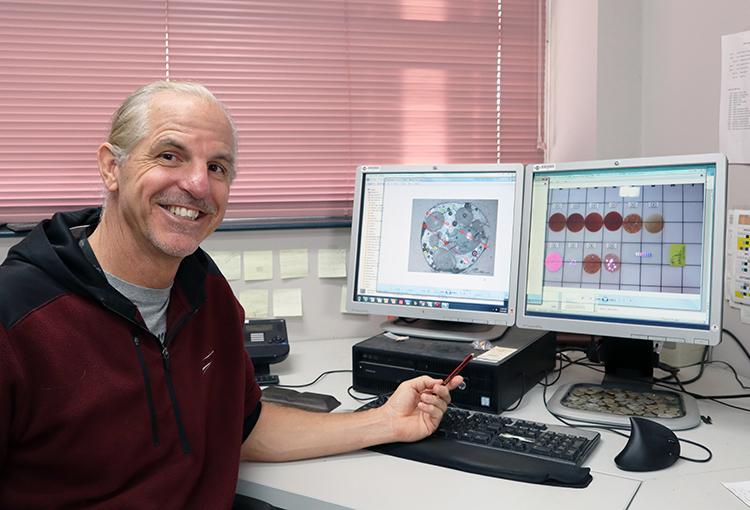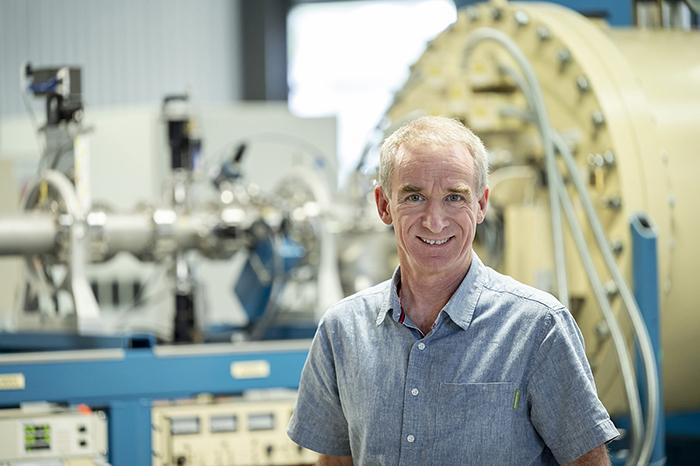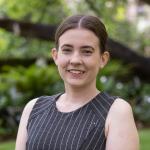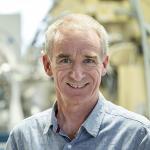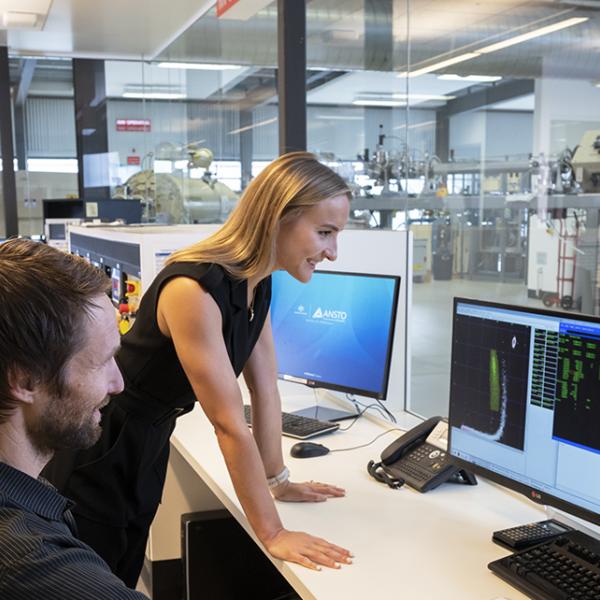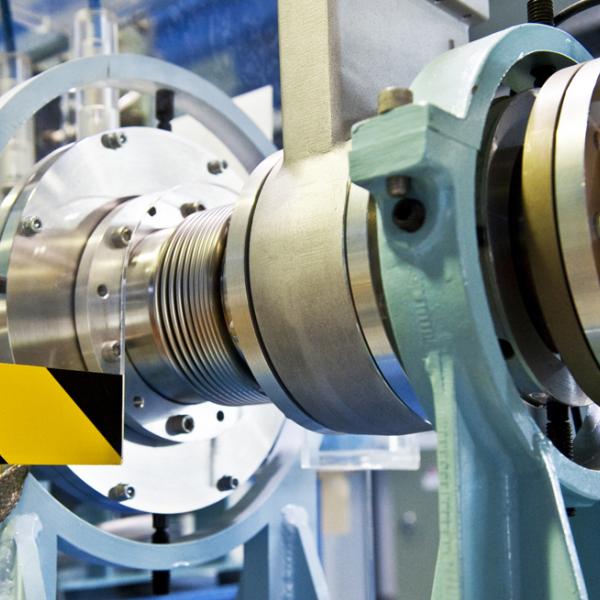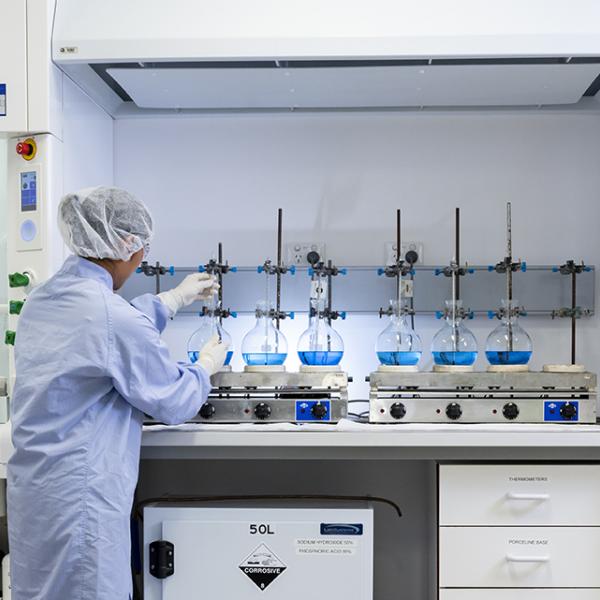
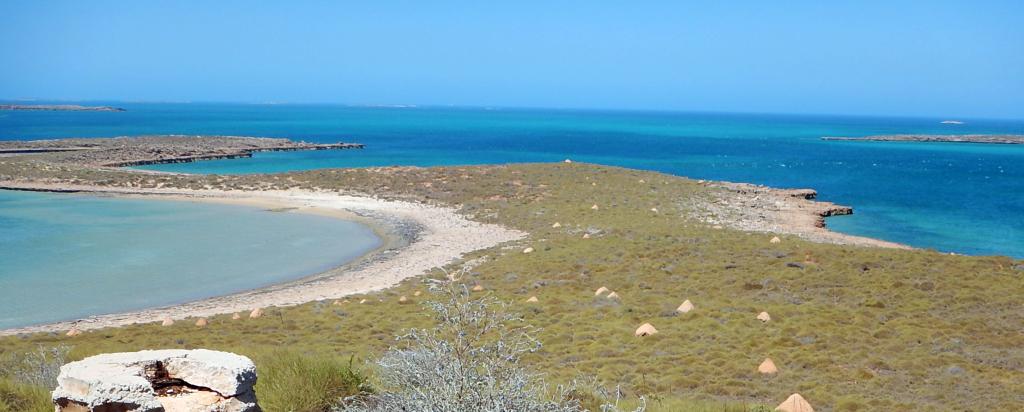
Published on the 30th June 2025 by ANSTO Staff
ANSTO has contributed significant analytical expertise and support to a new study led by Edith Cowan University scientists in collaboration with the Australian Radiation Protection Agency (ARPANSA) that confirms plutonium levels in marine sediment at Montebello Island are up to 4500 times greater than the Western Australian coastline. The British conducted three nuclear tests on the Montebello Islands between 1952 and 1956.
The study was motivated by the initial findings of a 2019 ANSTO-led investigation which found persistent plutonium and other radionuclides in Montebello marine sediments. The focus of the study published in the Marine Pollution Bulletin was to map out the distribution of residual plutonium from sediment samples, and to understand how sediment transport processes in this area are impacting dispersion of the weapons test residues and their long-term fate.
Essential to the study was high sensitivity accelerator mass spectrometry actinides analysis of plutonium isotopic composition of marine sediments and soils at ANSTO’s Centre for Accelerator Science. These Pu isotopes help understand the origins of the contamination and how it behaves over time.
In addition, ANSTO has provided trace element analysis and radioanalytical analysis including 137Cs and 152Eu by gamma analysis, alpha spectrometric analysis of plutonium, americium, uranium and thorium isotopes, and beta analysis of strontium-90.
ANSTO scientists also assisted significantly with the interpretation of results, bringing a knowledge of environmental distribution of anthropogenic radionuclides and, in particular, atmospheric weapon test fallout to assist in the conclusions of the study.
The research provides detail on the history of the contamination at the sites, and how this material is interacting with the environment to understand both the current distribution, as well as future mobilisation and long-term fate of contamination in this region of Australia. ANSTO regularly works with the Montebello islands site manager (WA Government Department of Biodiversity, Conservation and Attractions) providing information important to ongoing safety at the site.
“ANSTO’s long familiarity with the Australian weapon test sites provided context for the measured results and what they mean for potential impact of the residual contamination and for future management of the area,“ said Mr David Child, Chemistry Group Lead and Actinides AMS expert, Centre for Accelerator Science.
Dr Mathew Johansen, a co-author, co-supervised the lead author, Madison Williams Hoffman in her PhD and had a significant contribution into design of the project and formation of the research objectives. Mat brought his long experience in working within contaminated environments, particularly his research experience with the Montebello islands to advise on a detailed and well-constructed scope for the research.
Dr Michael Hotchkis, Principal Accelerator Scientist and Actinides AMS expert, Centre for Accelerator Science, who supervised the plutonium measurements, and Sangeeth Thiruvoth were also co-authors.
Read more on the Edith Cowan University website
